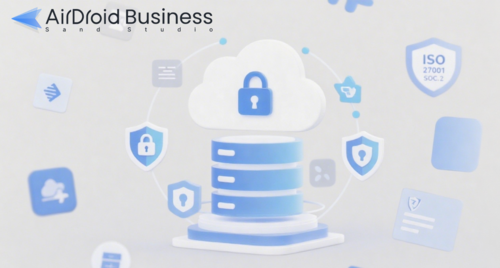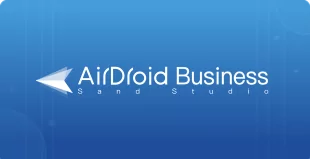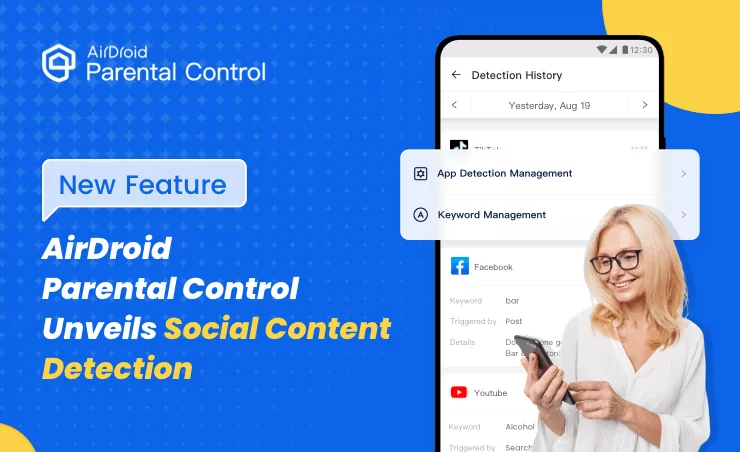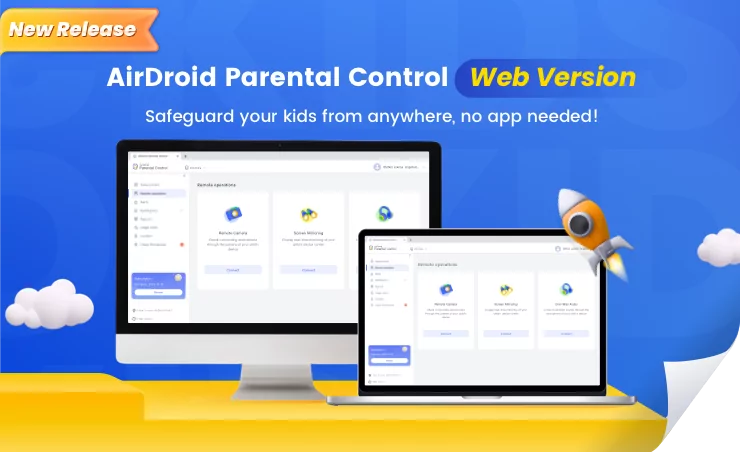Securing Your Devices in the Cloud: Data Protection in Cloud MDM
As businesses increasingly adopt cloud-based solutions, the security of sensitive data becomes paramount. For mobile device management (MDM), leveraging the cloud offers unparalleled flexibility and scalability, but it also raises important questions about data protection. A reputable cloud MDM solution is designed with robust security measures to safeguard your enterprise's devices and the data they access. Leading platforms, such as AirDroid Business, embody these principles, offering comprehensive tools to secure your mobile fleet.

1Common Concerns About Cloud Security in Device Management
Migrating device management and sensitive data to the cloud often presents legitimate concerns for organizations. Understanding these pain points helps clarify how robust cloud MDM solutions address them.
⚠️ Key Security Challenges
- Data Security and Privacy: A primary fear is that sensitive corporate data, employee information, or device configurations stored in the cloud could be vulnerable to cyberattacks, data breaches, or unauthorized access.
- Compliance and Regulatory Hurdles: Businesses in regulated industries worry if cloud MDM can meet strict compliance requirements (e.g., HIPAA, GDPR, PCI DSS) regarding data residency, privacy, and auditing.
- Control and Visibility: Moving to the cloud can feel like losing direct control, leading to concerns about transparency into data management, access, and the provider's security measures.
- Operational Reliability: Concerns arise about impaired device management or security during internet outages, as devices might be unable to communicate with the cloud MDM platform.
These concerns underscore the critical need for cloud MDM providers to demonstrate robust security practices and transparency.
2How Reputable Cloud MDM Providers Ensure Data Security
Leading cloud MDM providers implement a multi-layered security approach to protect your data at every stage. This comprehensive strategy covers everything from how data travels to where it rests, and how the provider's own operations are secured.
1. Encryption in Transit
Data moving between devices, IT consoles, and the cloud MDM platform is protected by strong encryption protocols like TLS, ensuring information is unreadable if intercepted.
2. Encryption at Rest
Data stored on the cloud MDM provider's servers (e.g., device inventories, user info) is encrypted, rendering it unreadable even if storage is breached.
3. Regular Security Audits and Penetration Testing
Providers engage independent third parties for regular security audits and penetration tests to identify and fix vulnerabilities, ensuring effective and up-to-date security controls.
4. Compliance Certifications (ISO 27001, SOC 2, etc.)
Adherence to international standards like ISO 27001 and SOC 2 demonstrates a provider's commitment to managing sensitive information securely and reliably. Industry-specific certifications (e.g., HIPAA, GDPR) further validate their capabilities.
5. Physical Security of Data Centers
Data resides in highly secure, state-of-the-art data centers with extensive physical security measures, including biometric access, 24/7 surveillance, and redundant systems.
6. Strict Access Controls and Least Privilege
Access to the MDM platform and infrastructure is strictly controlled, applying the least privilege principle to ensure personnel only have the minimum access required for their roles.
3Key MDM Features in a Cloud Environment
The cloud environment enhances the effectiveness and reach of critical MDM security features, enabling real-time management and rapid response regardless of device location.
- Remote Wipe: In the event of a lost, stolen, or compromised device, remote wipe allows IT administrators to remotely erase all data (or just corporate data in a work profile setup). In a cloud MDM, this command is sent instantly over the internet, ensuring rapid data destruction as soon as the device connects to the network, preventing unauthorized access to sensitive information. AirDroid Business, for instance, provides intuitive remote wipe and device lock features, empowering administrators to act swiftly.
- Device Lock: If a device is misplaced or suspicious activity is detected, remote device lock can instantly render the device unusable. Cloud MDM enables this action to be triggered from any web browser, locking the device screen and preventing access to apps or data. This is crucial for protecting data on devices that are temporarily out of sight.
- Geofencing: This feature allows IT to define virtual geographical boundaries. With cloud MDM, you can monitor device movement when a device enters or leaves a specific area. For example, a device leaving a corporate campus might automatically have certain applications disabled or require additional authentication, enhancing security by enforcing location-aware policies. The cloud platform continuously monitors device locations (if enabled) and triggers these actions in real-time.
- Policy Enforcement and Real-time Monitoring: Cloud MDM platforms push and enforce security policies (e.g., password requirements, app blacklists, Wi-Fi configurations) over the air. They also enable real-time monitoring of device status, compliance, and security alerts from a centralized cloud console, allowing IT to quickly identify and respond to non-compliant devices or security incidents.
- Application Management: Cloud MDM facilitates the secure deployment, updating, and removal of applications. It can whitelist approved apps, blacklist risky ones, and even configure app permissions remotely, ensuring that only sanctioned and secure applications run on corporate devices.
Conclusion
By understanding how cloud MDM providers build security into their services and how essential features operate within this framework, businesses can confidently leverage the power of the cloud to protect their mobile fleet and sensitive data.












Leave a Reply.